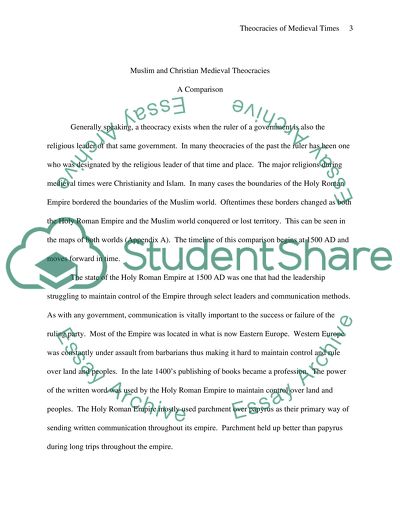Cite this document
(“Muslim and Christian Medieval Theocracies Essay”, n.d.)
Retrieved from https://studentshare.org/history/1505925-muslim-and-christian-medieval-theocracies
Retrieved from https://studentshare.org/history/1505925-muslim-and-christian-medieval-theocracies
(Muslim and Christian Medieval Theocracies Essay)
https://studentshare.org/history/1505925-muslim-and-christian-medieval-theocracies.
https://studentshare.org/history/1505925-muslim-and-christian-medieval-theocracies.
“Muslim and Christian Medieval Theocracies Essay”, n.d. https://studentshare.org/history/1505925-muslim-and-christian-medieval-theocracies.


